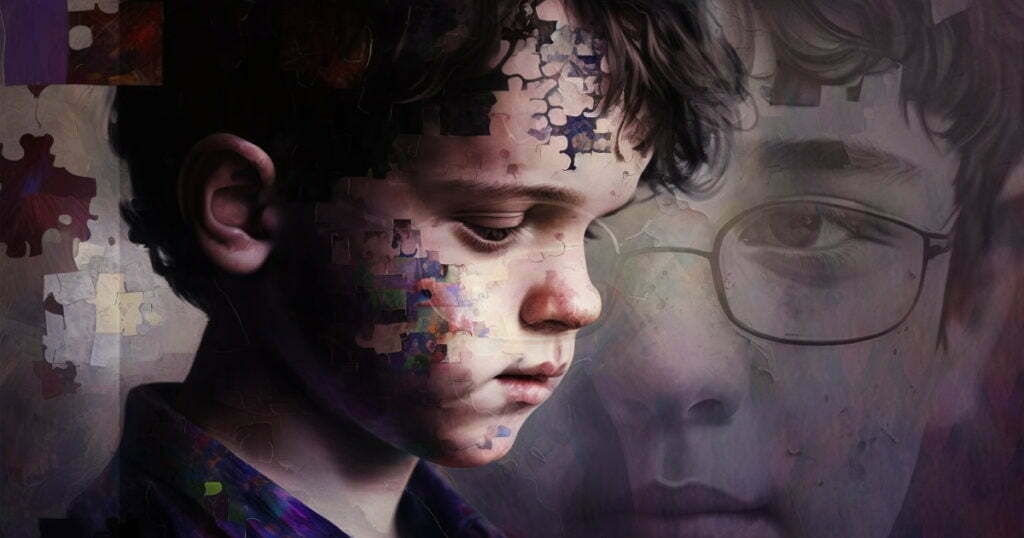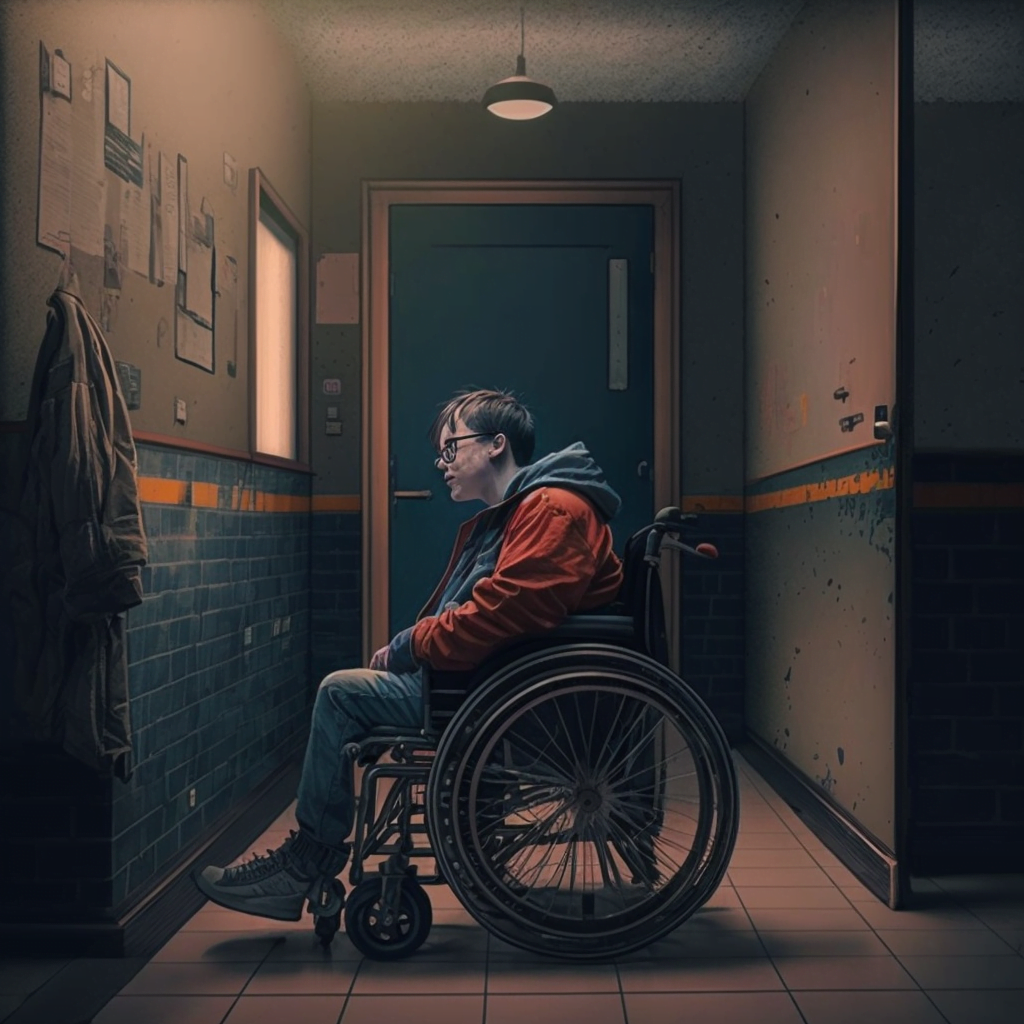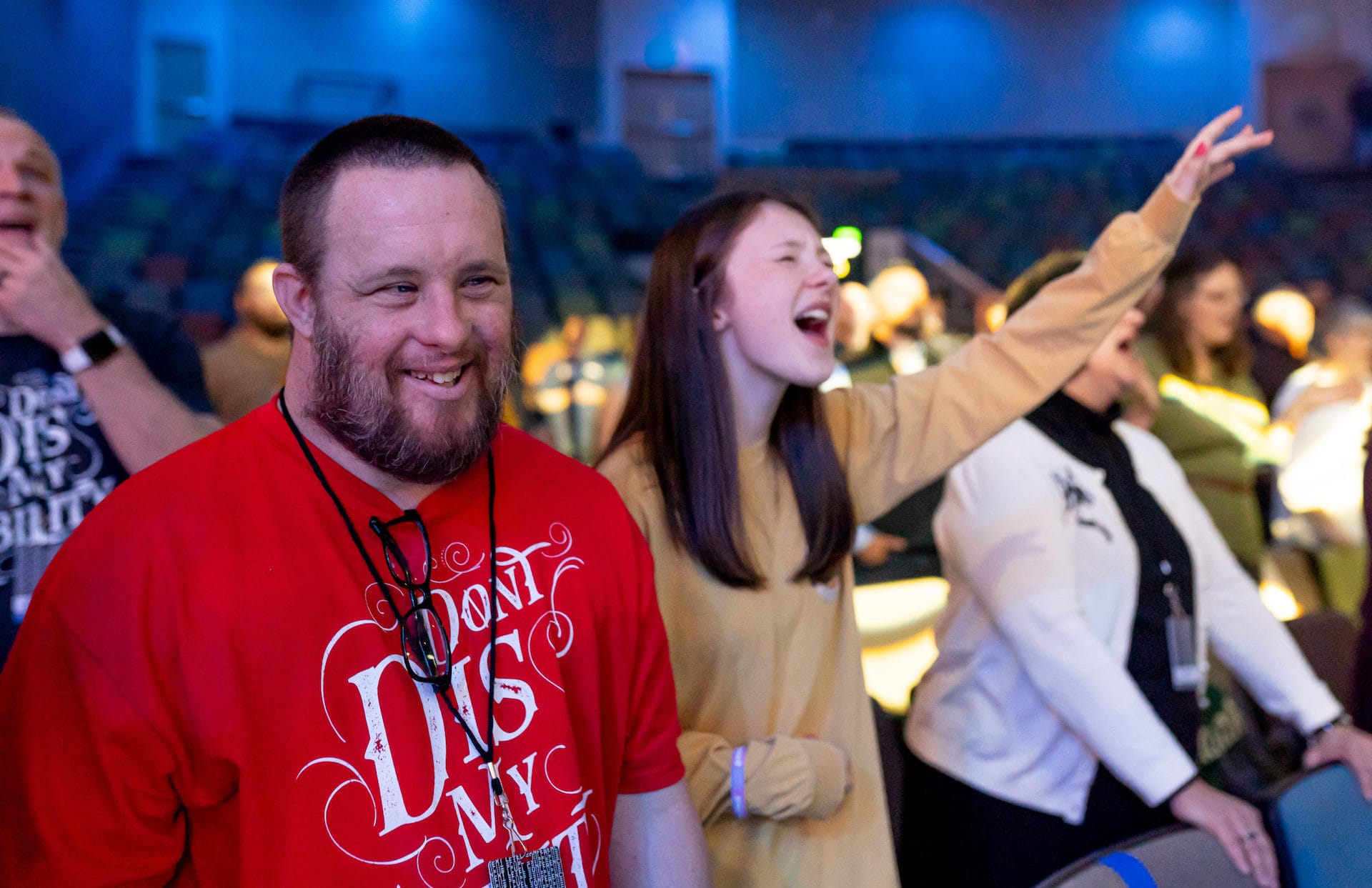

I lost track of the last day I was online and did not see some mention or reference to Artificial intelligence (AI). As a photographer and graphic designer, the debate about using AI has been interesting to follow. Is it actually art? Who owns it? How can AI help me finish my creative projects faster? What are the limitations? Is it practical?
The reality is that I have not seen a lot of applications of AI when it comes specifically to disability ministry. I recently asked ChatGPT to write a letter to pastors giving them reasons why they need to start a disability ministry. Anyone that read the letter thought it was good and could actually be used, albeit with a few modifications.
The letter was great, and AI seemed to grasp some basic concepts surrounding disability. How does an AI “see” disability? Does it even see disability at all? With minor inputs, I asked an AI to create images involving disability, inclusion, and isolation.




When prompted for disability and isolation, nearly every image included a wheelchair user. Is this the only perspective that AI has of disability? I started to wonder if the instructions that I gave the AI were just too vague and if this was a limitation. When I attempted to create an image featuring a specific diagnosis, I ran into a roadblock. The AI would not allow me to create a portrait of someone using the keywords “Down syndrome”.
“The phrase down syndrome is banned. Circumventing this filter to violate our rules may result in your access being revoked.”
I rolled the dice and attempted a command of “Autism portrait” to see if I would receive the same warning. This time, however, the AI created a series of images.


Why is Down syndrome banned but Autism allowed?
One final test was to ask the AI something more general, just to see what it would do. This time, I asked it to create a “teenage girl with a disability wearing headphones” and here are the first results.




“But I don’t see a disability in these images.”
I was met with mixed emotions when I first saw those images. To begin with, from what I have learned so far about AI, is that what it creates is only as good as the inputs it has. Whatever foundational knowledge and catalog of information it has is what is draws on to create what users ask. Perhaps this AI has no foundation of how to define disability. It could be that it only knows to include a wheelchair when asked to create anything involving disability.
While I was at first bothered by this, the more I started to think through it, I couldn’t help but wonder if this is any different than the world we live in. Do we only see wheelchairs? Are other disabilities just ignored or treated as “out of sight, out of mind”?
Another article recently stated the following:
“The disability market is larger than China and growing – 1.85 billion people. Consumer insights experts also monitor and include the friends and family of disabled individuals, which adds another 3.4 billion potential consumers.”
Well, everything.
Your campus communicates more than you may realize. There are not only 1.85 billion people in the world affected by disability, there is a potential reach of an additional 3.4 billion others when you consider friends, family, and caregivers. You might have planned for 2% of the wheelchair users, but what about everyone else? That is a lot of people to just leave out of the plans.
How your building is set up speaks volumes, especially to those affected by disability. It can tell churchgoers “Hey, we thought about you, care about you, and have implemented accessibility considerations because we want you here with us”. It can also say, “Disability is an afterthought here and we really haven’t done much to reach the disability community or make them feel like they are welcomed here.”
When someone looks at the welcome sign on the exterior of your church, which of those approaches do you think they see? If you only get one chance to make a first impression, do you believe that someone affected by disability will come to your church and feel welcome there? Do you feel like their family will also feel a part of your church family? What impact will their first impression have?
If creating a totally inclusive and accessible campus seems too complicated, we understand. There may be considerations made for wheelchair users, yet other disabilities have been ignored entirely. If disability ministry is new to you, you can easily feel overwhelmed and unsure of the steps you need to take to make the appropriate changes.
Here are some steps that we recommend starting with:
These steps will help your church start to see all people, not just the 2% that may use a wheelchair, but also the other 80% of those with “invisible” disabilities.


